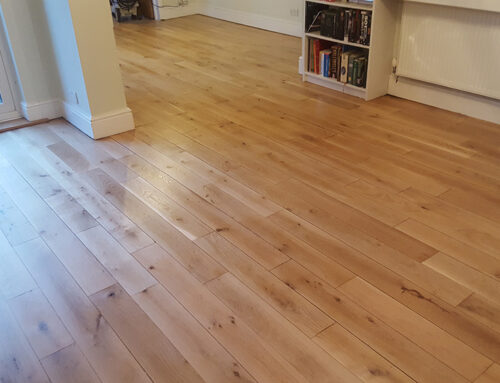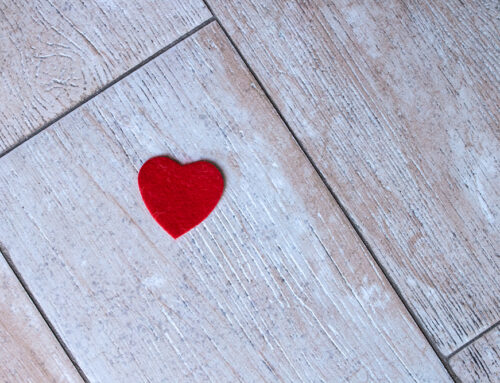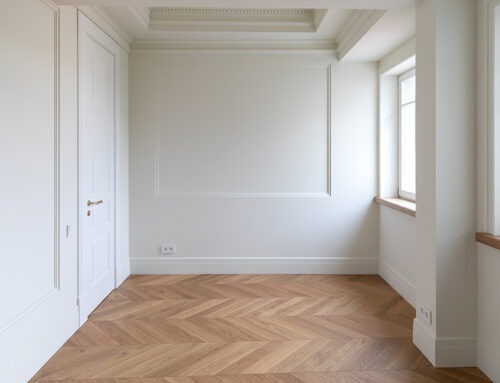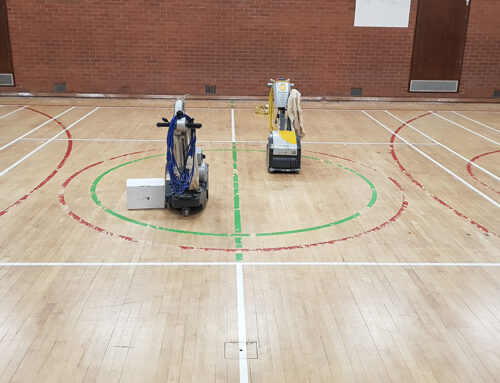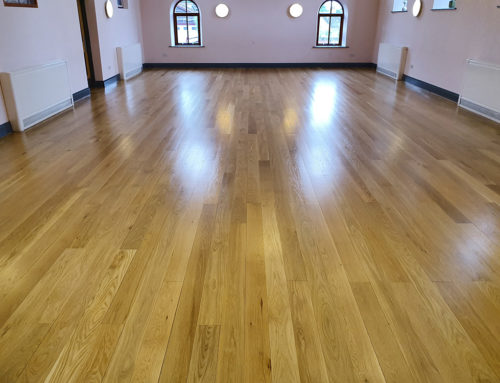The process of wood floor restoration is steeped in history. Wood floors, for as long as records date back have been an incredibly popular choice. Methods and techniques for cleaning, fixing and full restoring these floors have come on leaps and bounds. Restoring wood floors is an honour to complete. Is it a challenge? Anyone completing this as a project must be able to give a proper evaluation of willpower, patience, and skill.
Wood Floor Restoration – the key processes:
The first process is to prepare the floor. All furniture or coverings must be removed. Any dirt and debris should be cleaned. If left, this may unnecessarily complicate the process. Screws, nails or staples should be depressed before any sanding takes place.
The next part of the process is the floor repairs. As the next logical step, it is important to check the conditions of the floorboards. If any of them are damaged, then it is likely that they will need wood floor repair. Keep in mind, it is rare to find boards that need removing and replacing. Most can be fixed or restored.
Something to be aware of are floors laid with bitumen. This is a flooring adhesive used in the Victorian times. Bitumen is not compatible with modern adhesives and must therefore be completely removed if you are looking for a stable surface. This process is arduous and tedious as it is extremely hard to remove.
This takes you onto the process of floor sanding. The sanding process can roughly be divided into three stages – rough, medium, and fine. The rough sanding’s purpose is to remove the old finish and level the boards in preparation for the next step. The medium sanding slowly smooths out the surface and eliminates most imperfections left from the previous stage. Finally, the fine sanding makes the floor perfectly even and prepares it for the application of a stain, or a finish.
Looking for help to restore your wood floors? Get in contact today on 0800 852 7188.



